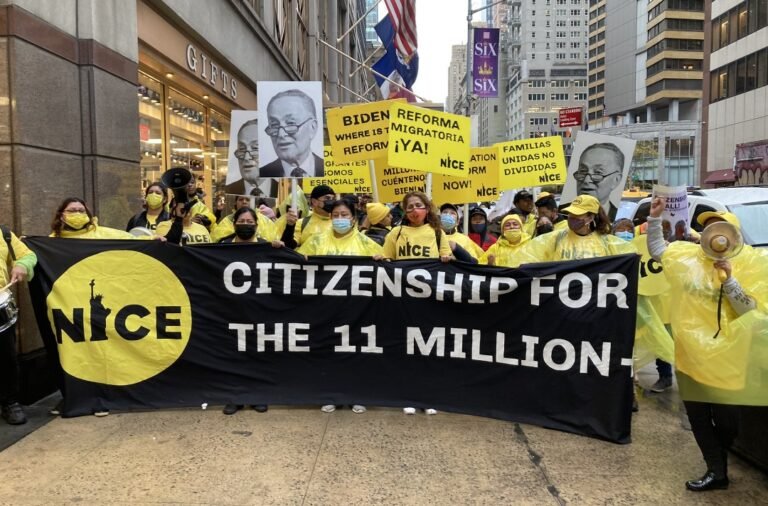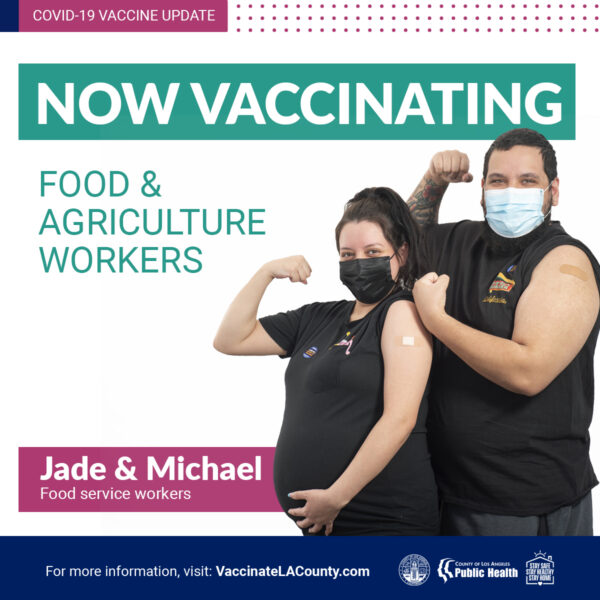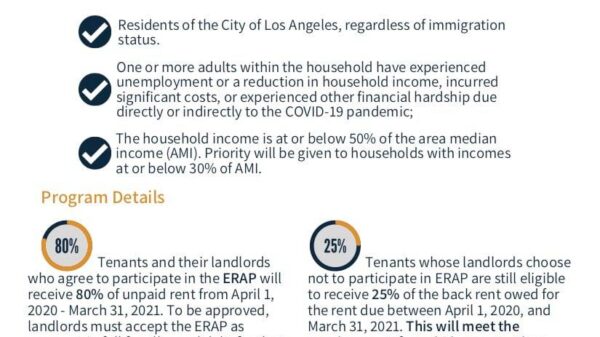Americans celebrated the usually joyful event of thanksgiving as a bittersweet holiday due to the surprisingly high prices of food, both at restaurants and grocery stores. Inflation has been making headlines for weeks, and the prices of everyday commodities are continuously skyrocketing.
The reason behind this price hike that unexpectedly struck Americans needs careful consideration. Some blame Covid-19 for this inflation while others believe an imbalance in the current account with growing imports is driving the prices up.
However, none of these factors have to do with this price hike. The major factor behind these increases is the increased cost of labor. The acute shortage of labor has a ripple effect on almost every sector. Especially the food supply chain is hugely affected where companies are facing difficulties in finding and retaining staff. This labor shortage in the food supply chain is affecting every stage of food production, from farm to table.
But the question is how did labor shortages happen on such a large scale? The food supply chain has been depending on foreign-born workers for years. The unfriendly immigration policies have forced millions of workers to flee back. A large number of workers were deported, while millions of aspiring foreign workers were barred from entering the U.S. According to the Bureau of Labor Statistics, three million fewer people in the US are working or looking for work than in February 2020. That’s how the labor shortage occurred and no one could be held responsible except former President Trump.
The Census Bureau estimates that in 2016, some 1.07 million people immigrated to the U.S., but after coming into the office, only 480,000 people made it to the U.S. in 2020. Had Trump maintained the pre-2016 trajectory, we wouldn’t have been facing this price hike as 2.1 million more workers would have been there to fuel the supply chains.
Trump cut the immigration cap and almost every industry in general and construction, transportation, warehousing, hospitality, and personal-service industries, in particular, were subjected to the worst labor shortages.
However, Trump cannot solely be held responsible for all of the shortfall, the overall immigration policies of the U.S. which were not reformed for decades is the main reason. The U.S. needs about 10 million high-skilled and low-wage workers to fill out the vacant job positions nationwide, while only 8.4 million Americans are seeking work but not in low-wage industries.
On the other hand, consumer spending has surged and businesses are facing difficulty in meeting demand due to the labor shortage. To cope, they are raising their prices but the supply chain issues are worsening with every passing day.
The immediate solution to this problem is to bring in more foreign workers. That’s how we can fill out low-wage job openings that makeup between 30 to 60% of total job openings in the U.S. The arrival of foreign low-wage workers casts little to no negative impact on native-born workers’ wages or employment. Besides, several research surveys show that Americans don’t want to do these jobs.
So, to address acute labor shortages in certain industries, and to help hard-hit areas of the country recover while staving off higher inflation, the U.S. has to welcome more low-wage foreign workers. Otherwise, prices of everyday commodities will continue rising and the life of a common American would get harder.











